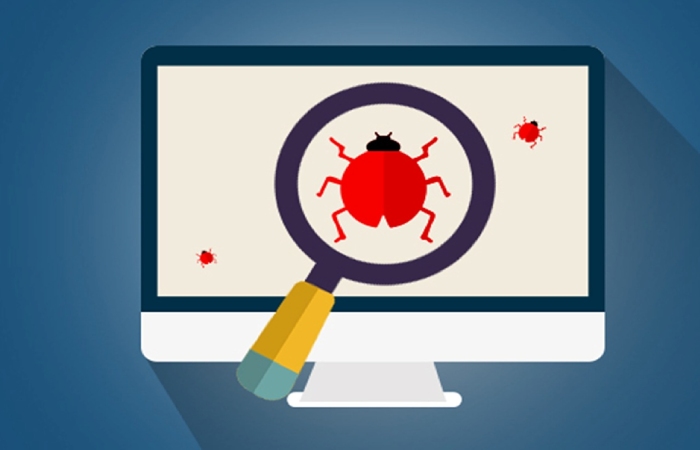Automation – In the intricate realm of software quality assurance, Functional Testing stands as a stalwart, an indomitable force that has shaped the very foundation of testing methodologies. Since the inception of software testing, the foremost task on a tester’s agenda has been to validate functionality against predefined specifications. Yet, in this ever-evolving landscape, the boundaries of validation have expanded beyond the functional horizon, embracing the all-encompassing realm of non-functional attributes like UI, performance, security, usability, and accessibility. Amidst this dynamic transformation, a pivotal bridge between these domains emerges – the sphere of Globalization, a bridge that links both functional and non-functional testing with finesse.
As we delve into the heart of functional testing, its prominence becomes undeniable, akin to a compass guiding a ship through turbulent waters. It’s no surprise that functional testing commands a substantial portion of a testing effort’s time, resources, and expenditure, often accounting for a staggering 50%. Whenever the discourse shifts towards testing, functional validation invariably assumes the spotlight. However, in this intricate mosaic of testing attributes, two cardinal paradigms reign supreme – manual and automated testing. These paradigms serve as the cornerstones upon which testing groups sculpt their strategies, striving to achieve the perfect equilibrium between them across diverse testing attributes, ultimately steering towards the horizon of quality.
Functional Testing’s Vital Role in an Automated Landscape
Intriguingly, a subtle nuance often gets overshadowed in this narrative. Functional testing, though a vital attribute, is frequently mistaken for, and interchanged with, the terms “manual” and “automated” testing. As the field of software testing matures into a formal discipline, this blurring of lines demands attention. The imperative becomes more pronounced, especially in an era where non-testers are increasingly participating in the quality pursuit. Clarity is vital – distinguishing between an attribute and a type, a discrepancy that gained traction in the early days when manual testing dominated the landscape. It receded during the period of hybrid methodologies, a harmonious blend of manual and automated testing approaches. Alas, this quandary has resurfaced in recent times, with an augmented focus on test automation. Successful cases as well as testing methods can be discovered at the link – https://testfort.com/automated-testing.
In the present landscape, where the crescendo of automation reverberates through the corridors of software development, it becomes paramount to view functional testing as an integral but distinct entity. A successful test effort is a symphony, an orchestrated amalgamation of both manual and automated testing. The delicate balance between the two is not only pivotal but also anticipates the inevitable surge of automation in the era of continuous testing. It’s crucial to discern that this discussion is confined to product test coverage automation, a realm separate from process or productivity automation.
Amidst the cacophony of automation fervor, Software Test Automation has attained unprecedented zeniths. Organizations, driven by the relentless pursuit of excellence, invest heavily in this domain, birthing a landscape where novel tools and frameworks flood the market, each a cog in the vast machinery of automation. The allure of a career in software test automation is undeniable, a coveted realm that beckons aspirants with its promises of growth and opportunity. Automation strategies evolve, adopting diverse paths like feature file-driven approaches, Behavior-Driven Development (BDD) paradigms, API-level testing, and test cases fortified against the vagaries of UI changes.

Yet, even as automation ascends to unparalleled heights, the discerning eye must perceive an underlying quandary. As a specialized entity within the domain of software testing, the pervasive question emerges.
Conclusion
In conclusion, the journey through the landscape of functional testing unveils a tapestry woven with intricate threads of innovation and necessity. Functional testing, while a cornerstone of validation, coexists with the dichotomy of manual and automated testing paradigms. In the age of automation’s renaissance, it’s imperative to preserve the distinction between functional testing and the automation strategies that bolster it. A harmonious blend of both manual and automated approaches is the key to weathering the tides of continuous testing, maintaining equilibrium amidst the automation frenzy. Amidst this symphony, the melody of core application understanding may not lost, reminding us that while automation propels us forward. The heart of testing remains rooted in comprehending and perfecting the very software we scrutinize.


